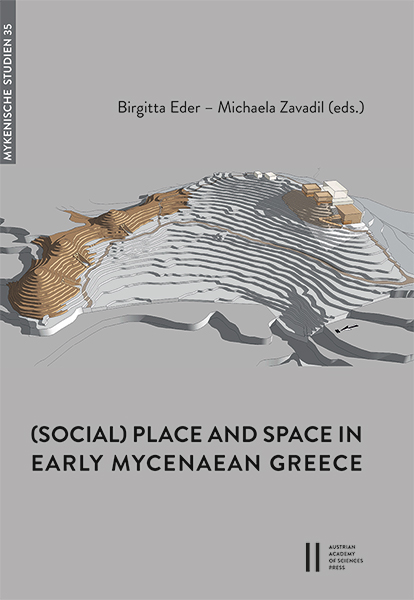
(Social) Place and Space in Early Mycenaean Greece, pp. 595-616, 2021/05/26
International Discussions in Mycenaean Archaeology
October 5–8, 2016, Athens

This paper assesses the relationship of early Mycenaean tholoi with rock-cut chamber tombs, especially atthe level of funerary monumentality from LH I to LH IIIA1. Studies on this subject in the Late Bronze Age tend to focuson particular sites or just on tholos tombs. The extant monumental chamber tombs, however, help bring to light somesignificant, and hitherto little observed, patterns with wider social implications at a regional and at an Aegean level.There is now good data to suggest that chamber tombs may not have been complementary to tholoi within a notionalhierarchy of ‘funerary types’ or ‘burial styles’ in the early Mycenaean period. Funerary structures and their associatedburials, whether in tholoi or chamber tombs, suggest complex social strategies on behalf of the tomb-using groups ina politically dynamic period for Aegean affairs. It is argued that funerary monumentality in tholos and chamber tombarchitecture helped to create competing and complementing social narratives and long-lasting mnemonic landscapesthat were important for materialising ideology and negotiating power in the early Mycenaean period.
Keywords: Monumentality, funerary archaeology, chamber tombs, tholos tombs, Mycenaean Greece